DeFi Strategies with Low Risk - Focus on Safety and Long-Term
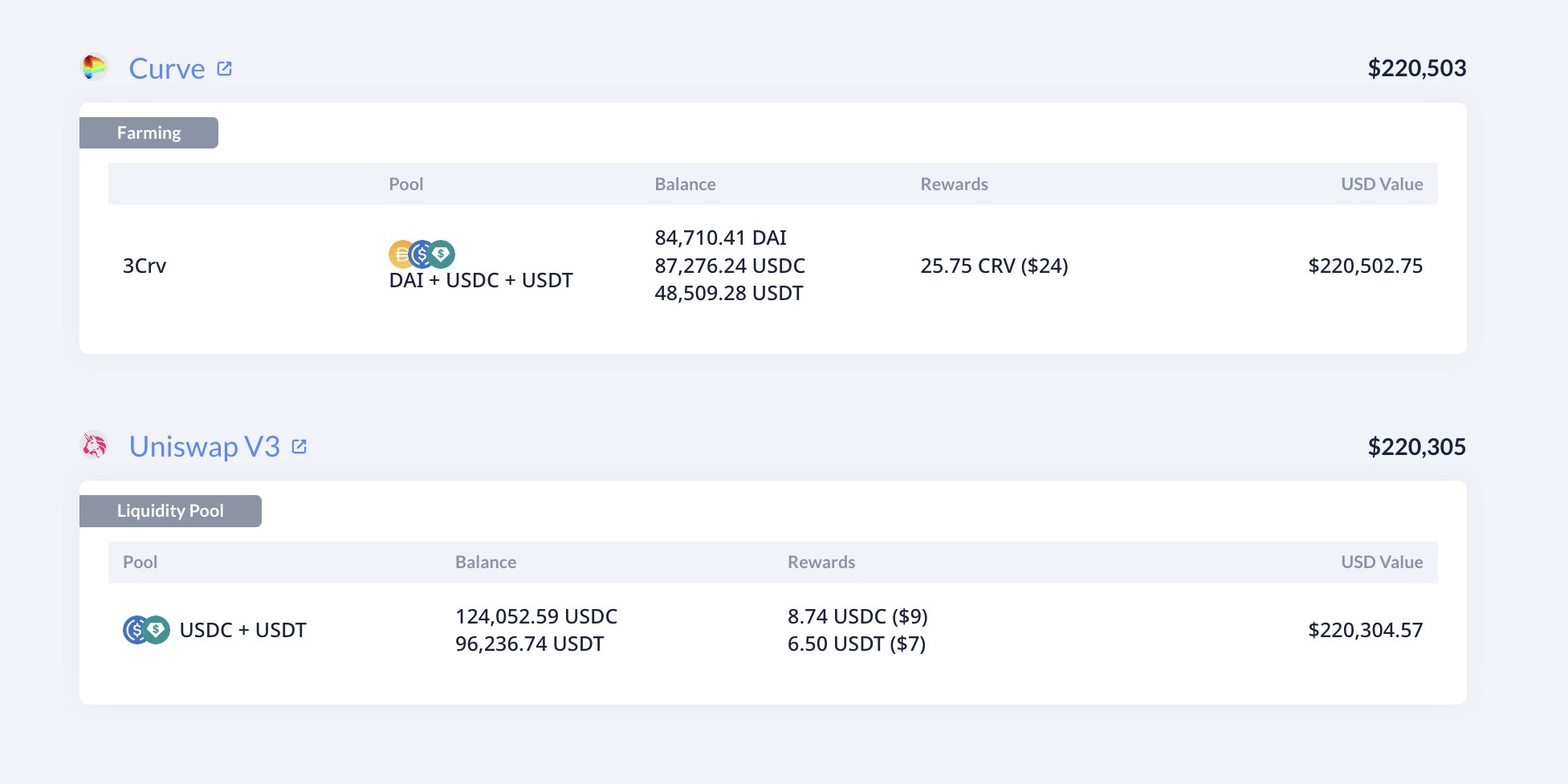
I explain DeFi strategies with low risk. 50% of my assets are invested in DeFi, and I will hold my crypto for 10 to 20 years.
While there are articles that explain high-risk DeFi strategies, I will focus on low-risk strategies with a long-term perspective and safety.
In short, Use Protocols with a High TVL
TVL means total value locked which is the overall value of crypto assets deposited in a DeFi protocol. Here is a ranking:
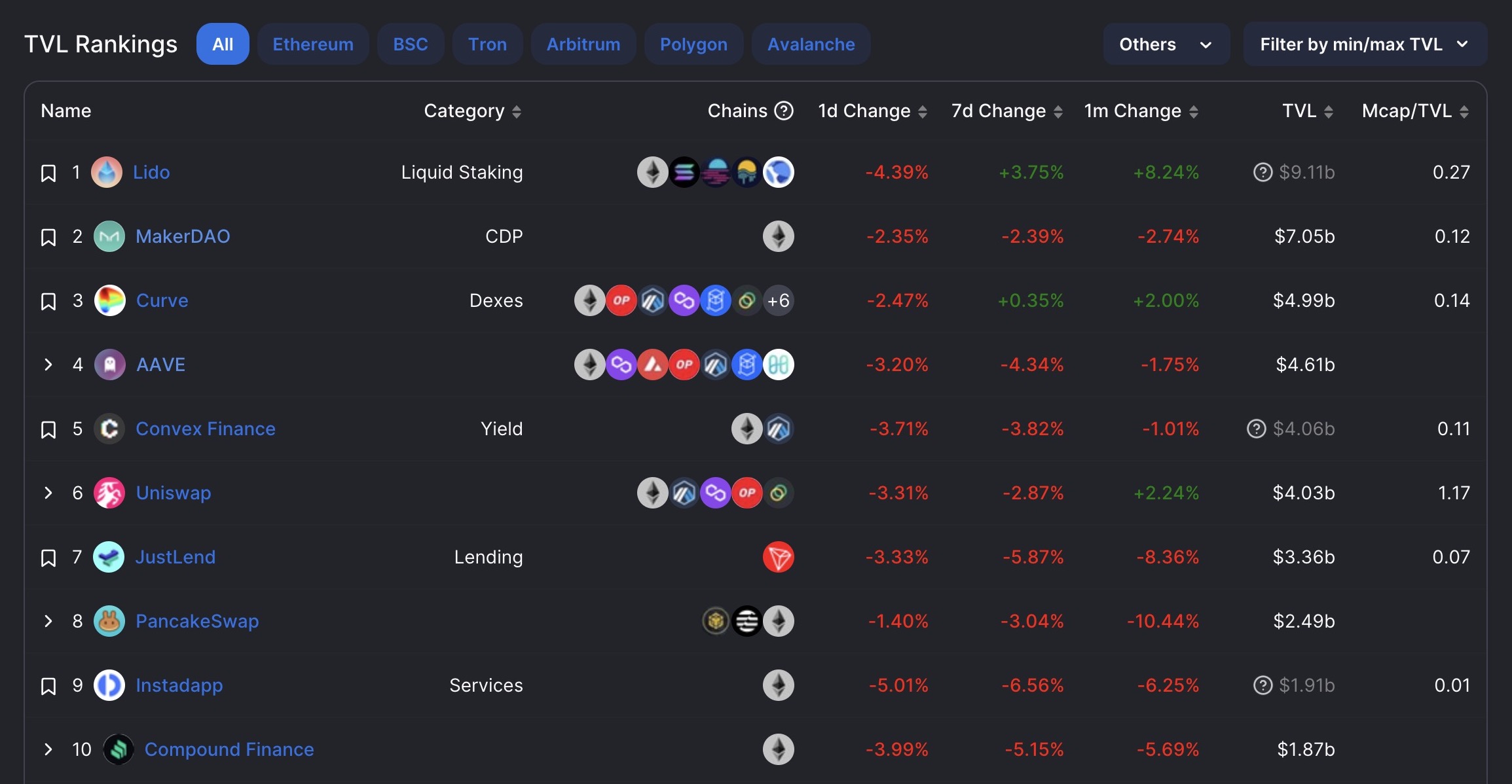
Hackers tend to target DeFi protocols with a high TVL. If DeFi protocols with high TVL haven't been hacked for a long time, they're relatively safe.
How to Manage your Assets?
It differs depending on your portfolio. In the following three examples, I will explain how to manage your assets: 1) ETH only, 2) Coins without Pools, 3) Coins with Pools.
1. ETH only
I recommend Lido, the largest pooled staking service. According to Ethereum.org, there are four types of staking options:
- Solo home staking provides full participation rewards but requires a dedicated computer connected to the internet ~24/7 and a minimum stake of 32 ETH.
- Staking as a service allows you to have your own validator keys, but also requires a full 32 ETH deposit.
- Pooled staking allows you to deposit any amount of ETH. But you must delegate all node operations to a third party, and with a fee.
- Centralized exchanges offer staking services. If you're not comfortable holding ETH on your own wallet, this is a good option.
In my case, I use Lido, a pooled staking service, because I want to maximize my rewards and flexibility while minimizing paperwork. *To learn how to use Lido, see the guides on How To Stake Ethereum With Lido.
2. Coins without Pools
A DeFi "pool" is a smart contract that locks tokens. By providing more than two coins, you can earn rewards every time users swap their coins. First of all, I will explain DeFi strategies without pools because it's easy to understand.
Aave is a Great Option
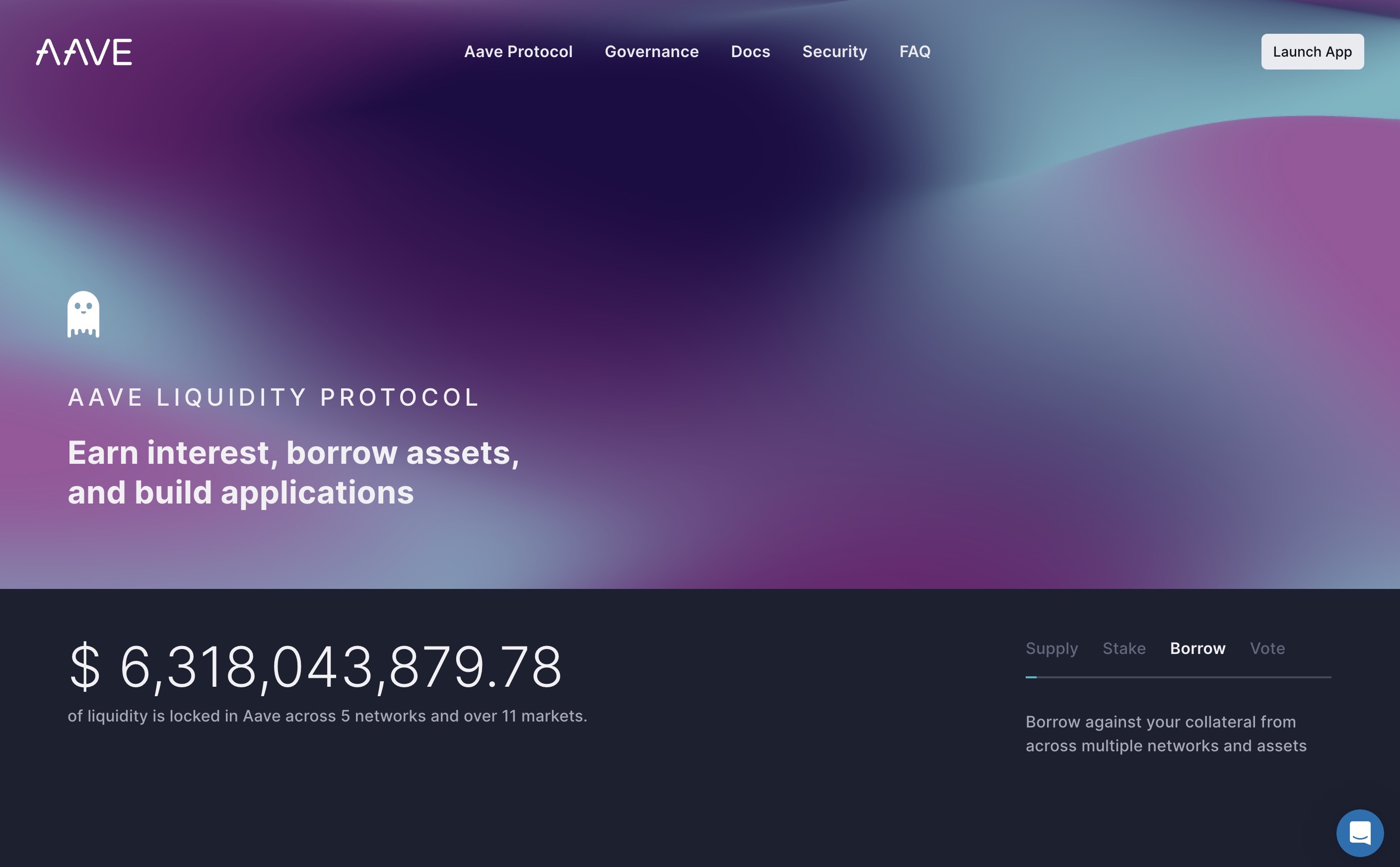
Aave is a DeFi lending platform that has a long history, originally named ETHLend. But the rewards are lower compared to the other DeFi protocols. If you want to choose a safe option, Aave is one of the best.
The following chapter explains strategies with relatively high rewards but low risk. *To learn how to use Aave, see the guides on Supplying & Earning on Aave.
3. Coins with Pools
As I mentioned earlier, a DeFi pool is a smart contract that locks tokens. Uniswap is the most famous decentralized exchange suggested by Vitalik Buterin in 2016 There are many token pools available:
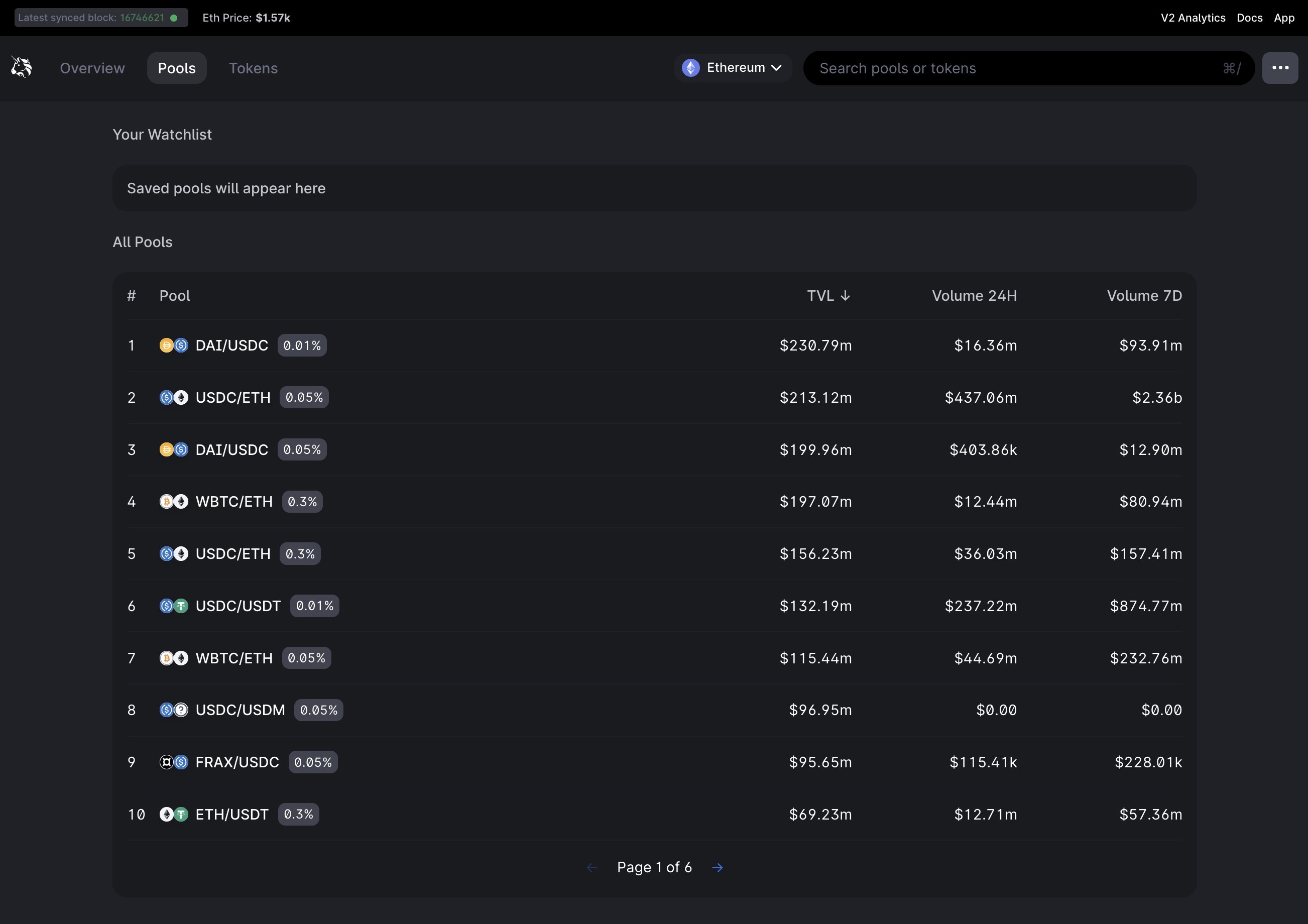
Rewords differ depending on the pools. There are calculation tools to help you determine the reword for each pool. For example, the reword for the USDC-ETH pool is as follows:

Don't trust APR
According to the image above, the yearly APR is 80%. But it's important not to trust APR due to the following reasons:
- ETH is a volatile asset
- Impermanent Loss
There is no point in getting 100% APR while you end up losing 90% of the value of your assets. Don't rely too much on APR because cryptocurrencies are volatile. Moreover, there is a concept of impermanent loss.
What is Impermanent Loss?
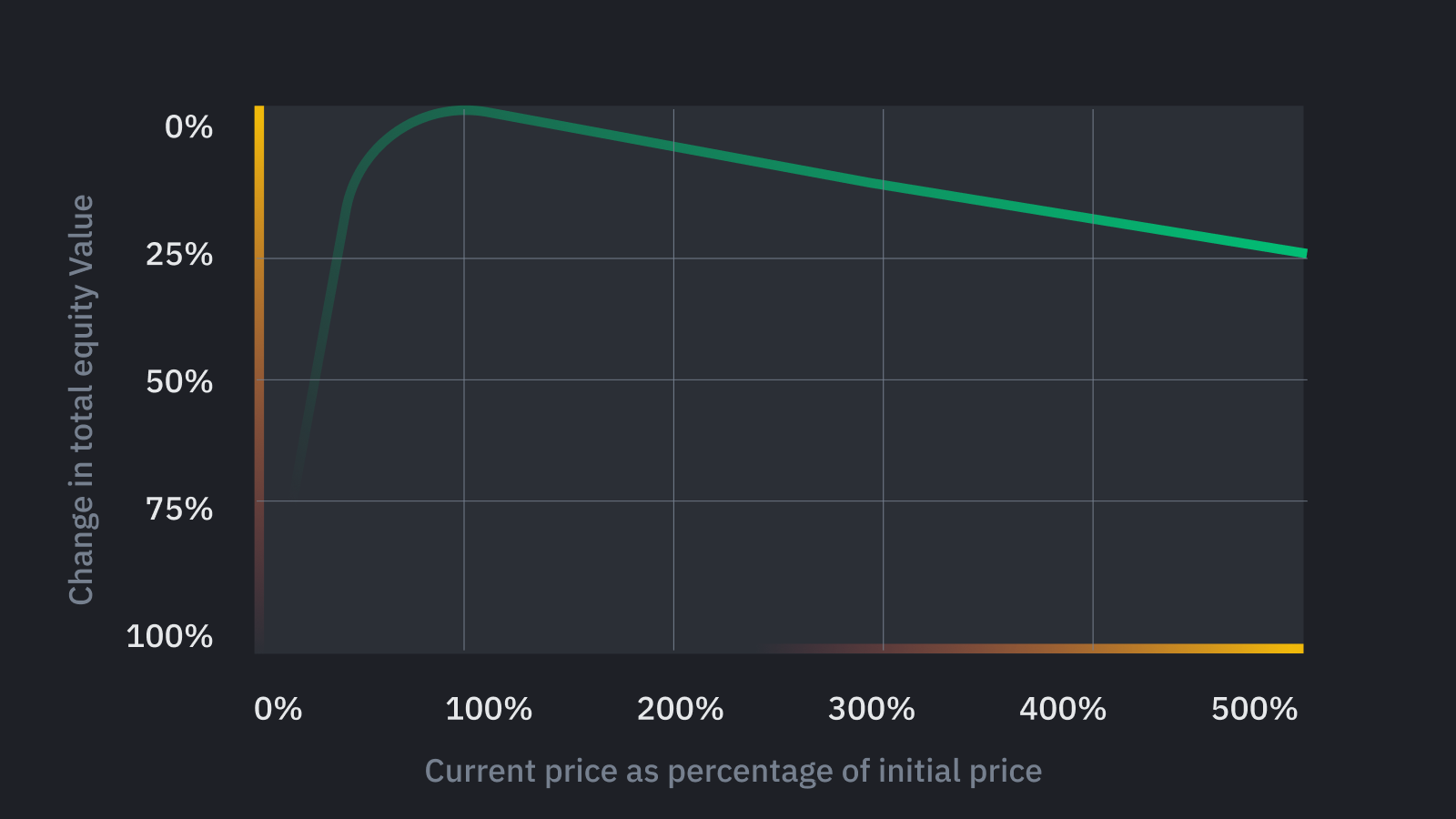
Impermanent loss occurs when the value of one of the pool tokens increases/decreases. The loss percentage varies depending on the price change:
- 1.25x price change = 0.6% loss
- 1.50x price change = 2.0% loss
- 1.75x price change = 3.8% loss
- 2x price change = 5.7% loss
- 3x price change = 13.4% loss
- 4x price change = 20.0% loss
- 5x price change = 25.5% loss
There are two ways to avoid impermanent loss:
- Choose a stable pair such as USDC-USDT
- Choose a correlated pair such as WBTC-ETH
Pools such as ETH-USDC tend to have a high APR, but you have to accept the risk of impermanent loss. Pools such as WBTC-ETH tend to have a low APR, but the risk of impermanent loss is lower. Personally, I use stable pools as follows:

I use Curve in addition to Uniswap. Their systems are almost the same, but the algorithm slightly differs.
*Update (March 14, 2023): I sold all of my stable coins due to the possibility of a systemic problem occurring. I will hold USD in the bank for a while.
Uniswap vs Curve
You can pool more than three tokens on Curve. I use the DAI-USDC-USDT pool on Curve.
Uniswap pays rewards in the deposited token. On the other hand, Curve pays rewards in CRV token, the native token of Curve. The APR on Curve tends to be higher than on Uniswap, but the volatility of the CRV token is also higher.
*To learn how to use Uniswap and Curve, see the guides on How to provide liquidity on Uniswap and Depositing into the Pool on Curve.
